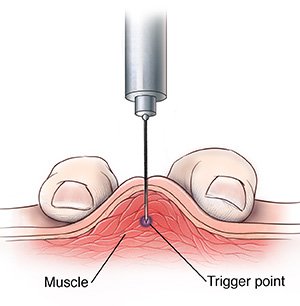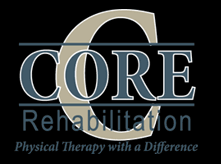
What is Trigger Point Dry Needling and When is it recommended?
Muscular tension and spasms can be very difficult to live with and are common with certain other conditions such as herniated discs, nerve irritation, neuropathy, arthritis, and ligament or muscular strain. With Trigger Point Dry Needling, TDN, the needle itself and its effects on the tissue are the treatment.
The needle used is a very small and solid needle, that delivers no medication to the tissue. When the needle is injected it causes a twitch reflex that actually begins to break the cycle of pain from muscle contraction. The needle also cuts through several thousand muscle fibers which triggers the body to activate the immune system causing additional healing benefits.
Baldry (2001) suggests that dry needling techniques stimulate A-nerve fibers (group III) for as long as 72 hours post needling which may result in pain suppression.
Trigger Point Dry Needling is not acupuncture. TPDN is based on Western medical research and principles. Acupuncture is based on traditional Chinese medicine. The same type of needle is used for both procedures but other than that the two procedures are very different in methodology and practice.
What To Expect: Before and After
Most patients report only a slight sensation of pain when the needle is inserted and a slight cramping with the twitch response. After the procedure patients use stretching techniques to reduce any lingering pain. Ice or heat is also recommended. The soreness that is associated with TPDN usually only last a few hours and and occasional bruising may last a few days.

